CONTENTS
How To Sleep On A Plane - Catching Zs On A Plane 101
Learning how to sleep on a plane is the secret to taking your air travel experience to the next level. What better way to re-energise yourself than using those time in the cabin to get some beauty sleep?
A power nap can do wonders, especially when you fly at odd hours. Plus, logging some sleep while airborne at your usual bedtime can help fight jetlag.
Granted, it won’t be the most comfortable place to get some shut-eye. You know the usual suspects: baby crying, too narrow of a seat, chatty seat neighbours, chilly cabin, etc.
The list goes on. But the good news is that some preparation and creativity can combat almost all of those. It’s as people say; planning is half the travel done.
Relax, Relax, Relax

It’s you who decides if you can sleep well on the plane. Photo by Nina L/peopleimages.com - stock.adobe.com
We get it, flying, or getting to your destination in general, is exciting. Especially for first-time fliers, a whole new world awaits, and they can’t wait to experience it all. On the other hand, some may find the entire thing stressful. What’s with all the security steps, noise, and crowds of people?
CabinZero tips: Take a deep inhale for 3 seconds, hold your breath for another 3 seconds, then take a long exhaust for 4 seconds. Focus on your breath, one at a time, not too long, not too short. Repeat for about 5 minutes. Congratulation! You’ve just practised breathing mindfully. See how that eases you?
While it sounds counterintuitive to the whole point of this article, we encourage you to embrace that you might not get some sleep. If nothing works, it’s not the end of the world.
There’s no need to stress yourself. Even if you can’t sleep a wink, there are many opportunities after you land - at the hotels, on the ride, etc. Relax, take the time to gather yourself. Come to the airport early. Invest in what you need to get yourself comfy. Let it comes naturally.
Adjust Yourself To The New Time Zone
Picture this, you board an overnight flight from New York, USA, to Tokyo, Japan. The trip occurs during your regular sleep hours, so you feel tired and drowsy when you land in Tokyo during the day. When it’s nighttime, you struggle to fall asleep as your body is used to being awake.
Sounds like a nightmare, no? Thus, you should gradually shift sleep schedules closer to the destination's time zone before the trip. For example, if you are travelling eastward and your destination is three hours ahead, go to bed and wake up an hour earlier each day for three days.
Pack And Plan In Advance

When you get everything in order, you will have nothing to worry about. Photo by Yakobchuk Olena - stock.adobe.com
Eliminating any possible causes of anxiety is the first step to quality sleep. Worried about sitting apart from your travel companions? Book and choose seats in advance. Nervous about forgetting something? Make a checklist and pack everything, especially important documents, a few days before.
Fear of missing, cancelled, or delayed flight keep you up the night before? Research alternative flights and what to do when such things happen. Be well-prepared with a positive mind, and you can deal with anything air travel throws at you.
Stay Hydrated
The golden nugget of travelling advice is to keep yourself hydrated. No matter the situation, it is one of the best things you can do for yourself. Mid-flight dehydration is real, as the air in the cabin is dry and can quickly dehydrate anyone.
The TSA lets you bring only 3.4 ounces (100 ml) of liquid in the carry-on. However, you can carry an empty water bottle past the check to refill as much as you need on board or in the terminal. The Aerospace Medical Association (AsMA) recommends drinking about 0.25 litres (or 8 ounces) per hour in the cabin.
Mind What You Eat And Drink
While it’s easy to bring food on boards, you should choose what you eat selectively. According to Healthline, bananas, oatmeal, almonds, walnuts, and kiwis are the best foods that promote sleep.
Plan for several mini-meals instead of a large one. That way, you won’t feel too full, another factor that can’t get in the way of your slumber. Plus, take foods that don’t smell.
|
Take |
Avoid |
|
Foods |
|
|
|
|
Drinks |
|
|
|
Remember to take a sip every now and then. Photo by New Africa - stock.adobe.com
On drinks, water is the king for staying hydrated on a plane. Caffeine and alcohol is the one you should stay away from at all costs (same for soda or carbonated drinks due to their effects on your gut). Tea and anything that contain caffeine should also be avoided - the only exception may be sleep-aiding chamomile or herbal tea.
If you want to drink something from our recommendation, you can easily buy them at the duty-free stores after the screening or from the cart in the cabin. If not, you can bring your own (say, chamomile tea) and request hot water.
Pick The Right Seat
Catching some Zs is easier if you can lean on the window plane. Plus, no people need to get up and get past you anytime they want to use the lavatory. Whenever you want to clear your head, simply open your eyes to see all the views.
And if claustrophobia is a problem for you, a bulkhead seat is the solution. It provides comfortable legroom thanks to no seat in front of you. That said, there is no one-size-fits-all seating option. Choose the one that is most comfortable for you.
Keep Your Feet Covered To Stay Toasty
The cabin can get chilly at times, especially when you sit near the window. That’s why you should always stock up at least one pair of fresh socks in your personal item or carry-on luggage. Trust us; these are lifesavers in almost every situation, be it flying, exploring, or camping in the rain.
What you wear on the plane matters, too. Opt for comfortable shoes that are easy to slip on or slip off. Prioritise light and breathable clothes to avoid overheating. When you are feeling cold, ask for a blanket from the crew (or you could bring your own, too).
Invest In The Iconic Trio

Your best buddies to travel to dreamland yet. Photo by FotoHelin - stock.adobe.com
Can you guess what they are? You got that right. Sleep masks, earplugs, and neck pillows are essential to every sleeper on the go. These compact items are crazy popular, and rightly so.
- Earplugs help with noise levels. Look for those with a noise-reduction rating (NNR) of 20-30 dB. Plus, experiment until you find the size(s) that sit most comfortably in your ear canal. We find those from Mack’s, Alpine, and Howard Leight worth checking out.
- Neck pillows evaluate your posture and overall comfort. Your neck, shoulders and spine will thank you later. And if you want maximum comfort, look at body pillows.
- Sleep masks are a lifesaver whenever sunlight from the neighbour’s window keeps glaring in your face. Plus, immersing yourself in darkness makes slumber comes easier.
Noise-Cancelling Headphones: The Cure To Many Headaches
Noise-cancelling headphones are another great (but a bit more wallet-hurting) way to drown out the noise. You can enjoy music, white noise, podcast, youtube, movies, etc., instead of the silence the earplugs offer. Thankfully, using them for air travel is as easy as anywhere else.
Given their omnipresent status that rivals laptops and smartphones, it’s not hard to find one that meets your purposes and budget. The bar entry is $70 or more for a good-budget pair. The overall recommendations are Sony WH-1000XM5, Bose QuietComfort 45, and Apple AirPods (a classic).
Buckle Up
One thing they will tell you when getting on board is to fasten your seatbelt. Yes, doing so is crucial because the piece’s job is to save your life when worse comes to worst. Thus, the flight attendant will often make their round and check if anyone has buckled up yet.
Getting woken up while having a pleasant dream is not the best thing in the world. Wear the seatbelt over your outerwear or blanket so that the attendants won’t bother you.
Stretch Your Leg
Did you sleep in the right posture? Here’s how an expert would do it.
You are prone to cramps and blood clothes (deep vein thrombosis, DVT) if you travel by air, car, bus, or train when confined in a space for over four hours. Getting up and walking around the cabin is the best remedy. A bathroom break can do wonders, as it allows you to stand up, stretch your legs, and move around a bit.
Use Sleep Aid - With Caution
We are neither doctors nor professional medical employees, so this is just a suggestion. You should always, we mean always, consult a doctor before trying anything. And you should also test-drive the sleep aids a few nights at home before the flight to see if there could be any side effects.
Melatonin and valerian root are among the most popular natural sleep aids. Diphenhydramine is another common ingredient, but it’s always better to stick to something natural. Again, use sleeping pills with caution. They are medicines which are bound to come with side effects. If possible, get a doctor-prescribed sleep aid.
Take Your Nature With You
Drop some aromatherapy or essential oil (lavender, sandalwood, etc.) on your sleep mask, wrist, and blanket to be enveloped by relaxing scents. Note that you can only bring a less than 3.4 oz (100ml) bottle of scented oils per the TSA rules. And don’t try to overdo it, as too strong of a scent may bother your seat neighbour.
Getting An Upgrade
Flying in coach means you must live with compromise, be it the narrow legroom or narrower seats. Some carriers’ coach classes are better than others. But nothing beats the ultimate luxury the first class offer.
Not many can drop a couple of grand for a flight trip. But if you can afford it, is it easier to sleep in first class? Yes, of course. You are in for a treat in every sense. Not only will you get lie-flat seats - the best seating options there are - but you will also have better privacy and peace. Premium economy and business class are the next best thing if you want a sweet spot between affordability and cosiness.
Learn To Unplug

A few hours of sleep is valuable, so don’t waste it. Photo by kasto - stock.adobe.com
You see an interesting series on the plane seat TV. “Hey, this one looks good; let’s check it out, 10-20 minutes top,” you think to yourself. But it wasn’t until a good few hours later that you caught yourself to keep staring at the screen. And you find yourself struggling to slumber minutes well after you have turned it off.
It’s nothing wrong; everyone loves a good show while in the air. But the blue light emitted by devices can disrupt your sleep-wake cycle, making you feel more restless when you need to rest. At least 30 minutes to an hour before your flight, turn off your devices, any notifications, and the seatback screen.
You Can Have A Good Night Sleep In The Air
And that’s all we have to say about how to sleep on a plane strategically. Be flexible and open to trying different strategies to find what helps you rest better during air travel. What works for one person may not work for another.
We love a good nap, and we love to hear about your take on how to sleep on a plane better. Do the tips and tricks work for you? Do you do anything different, slightly or not? Don’t hesitate to tell us all about it.
Furthermore, please press the share button if you find this article helpful. We are sure that there are others who can’t wait to learn the tips that make their time in the cabin easier.
Bao Tieu

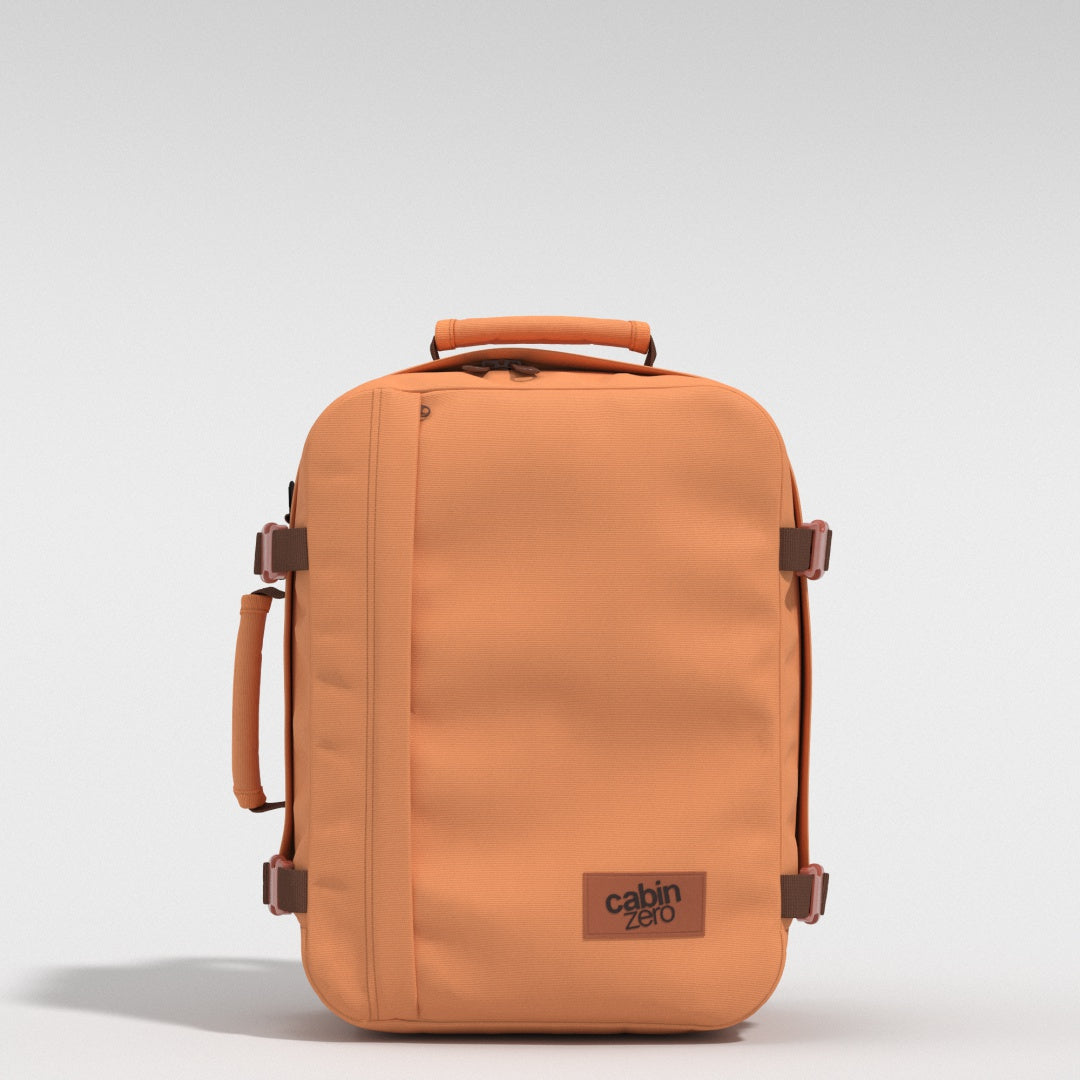
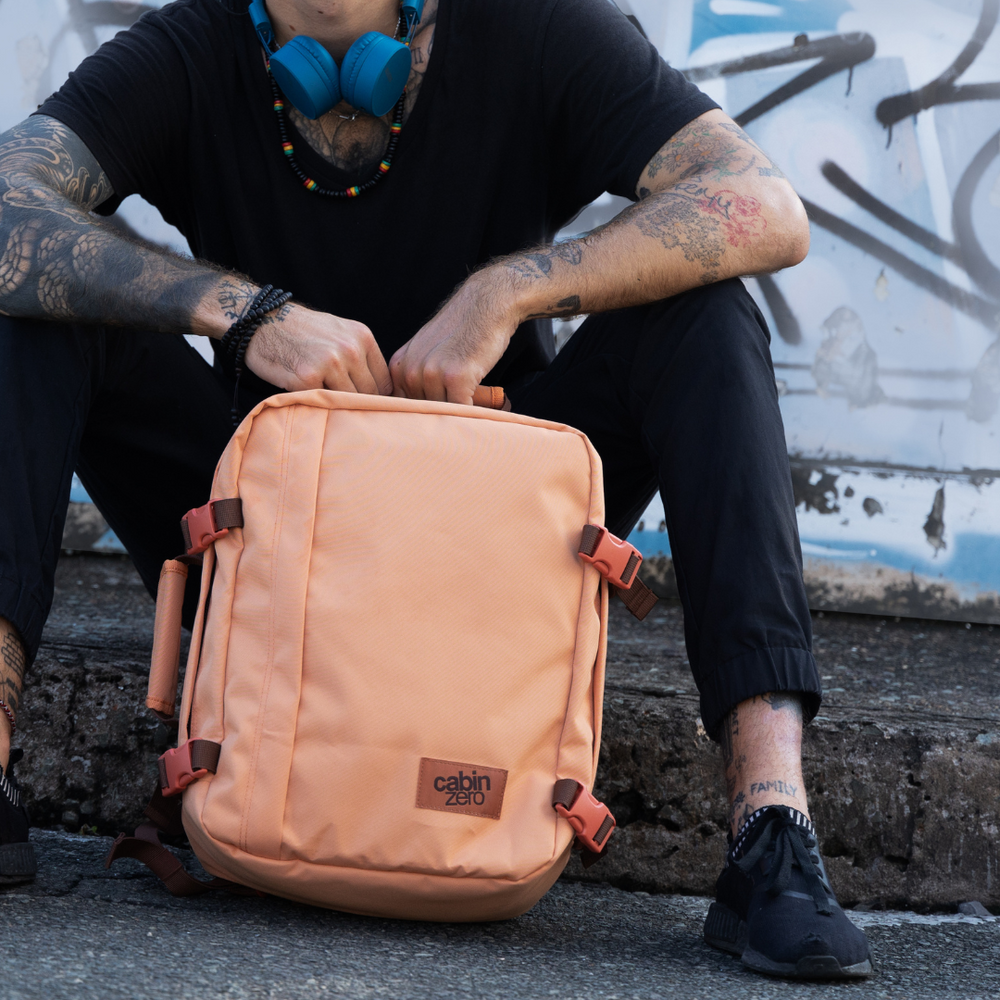
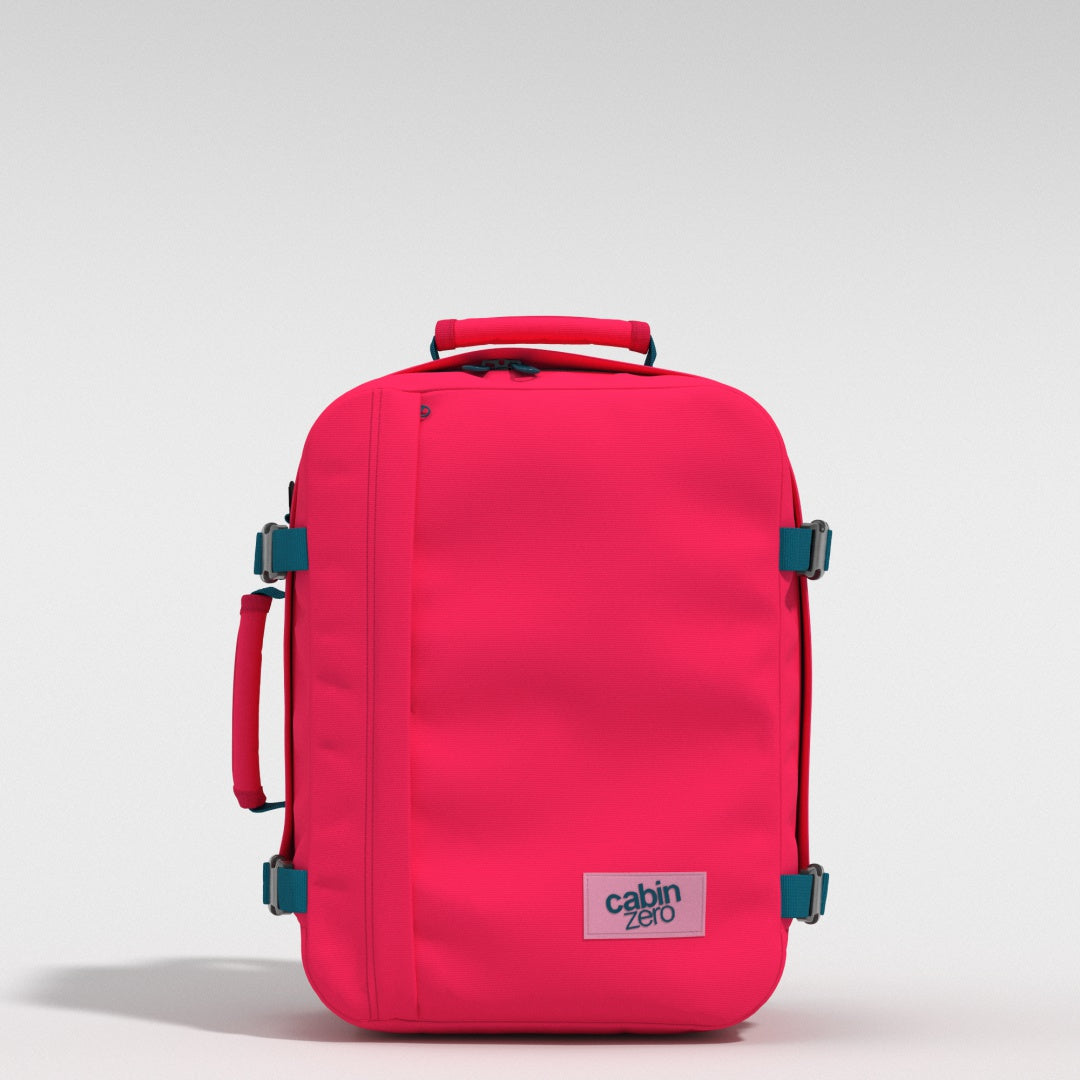
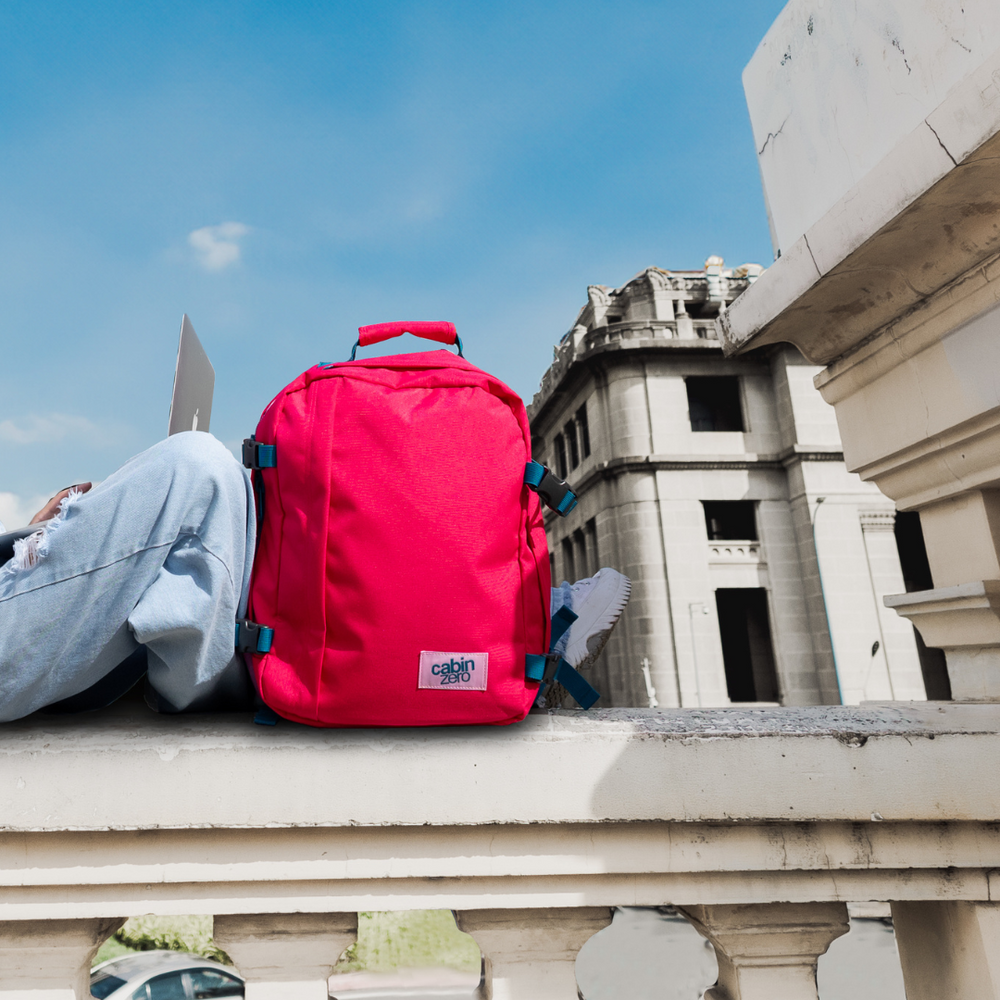
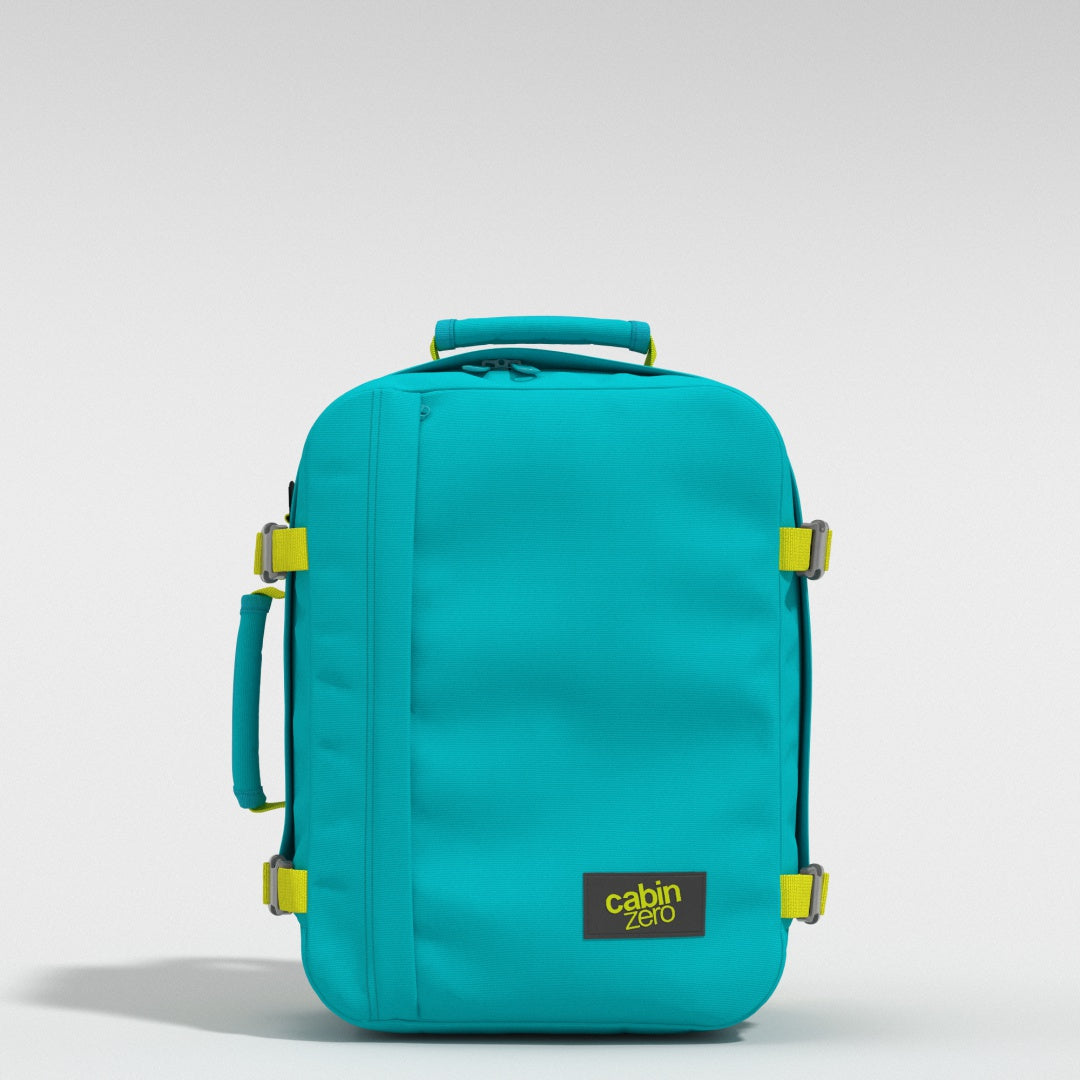
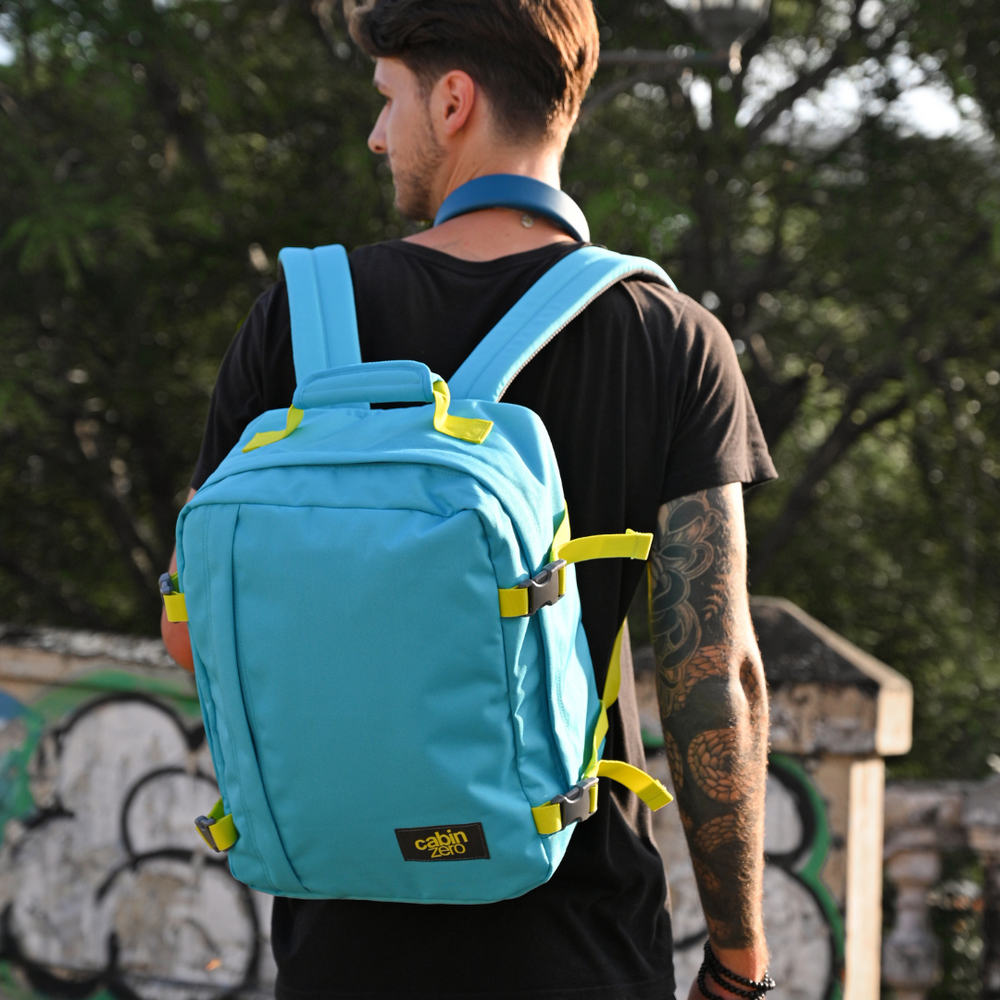
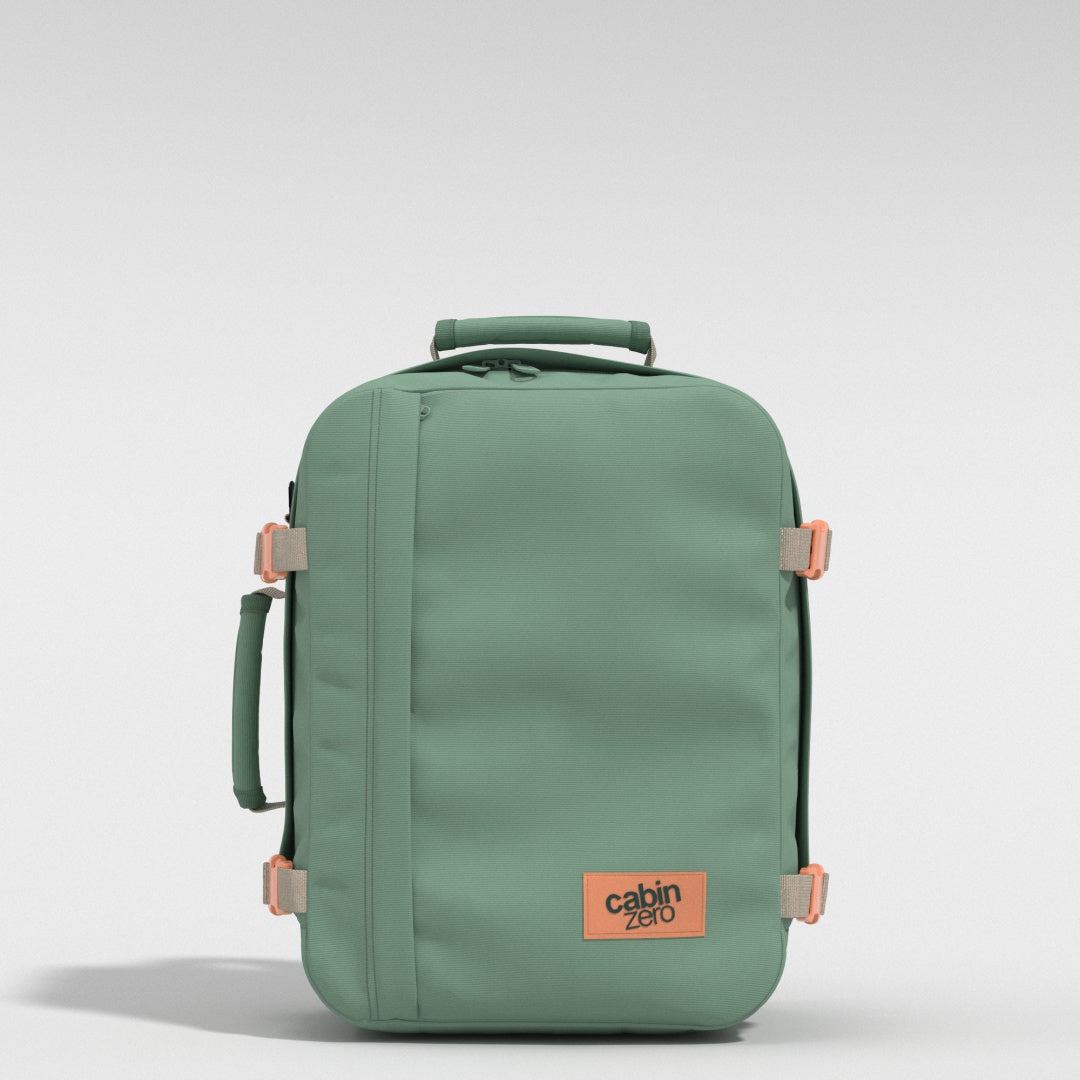
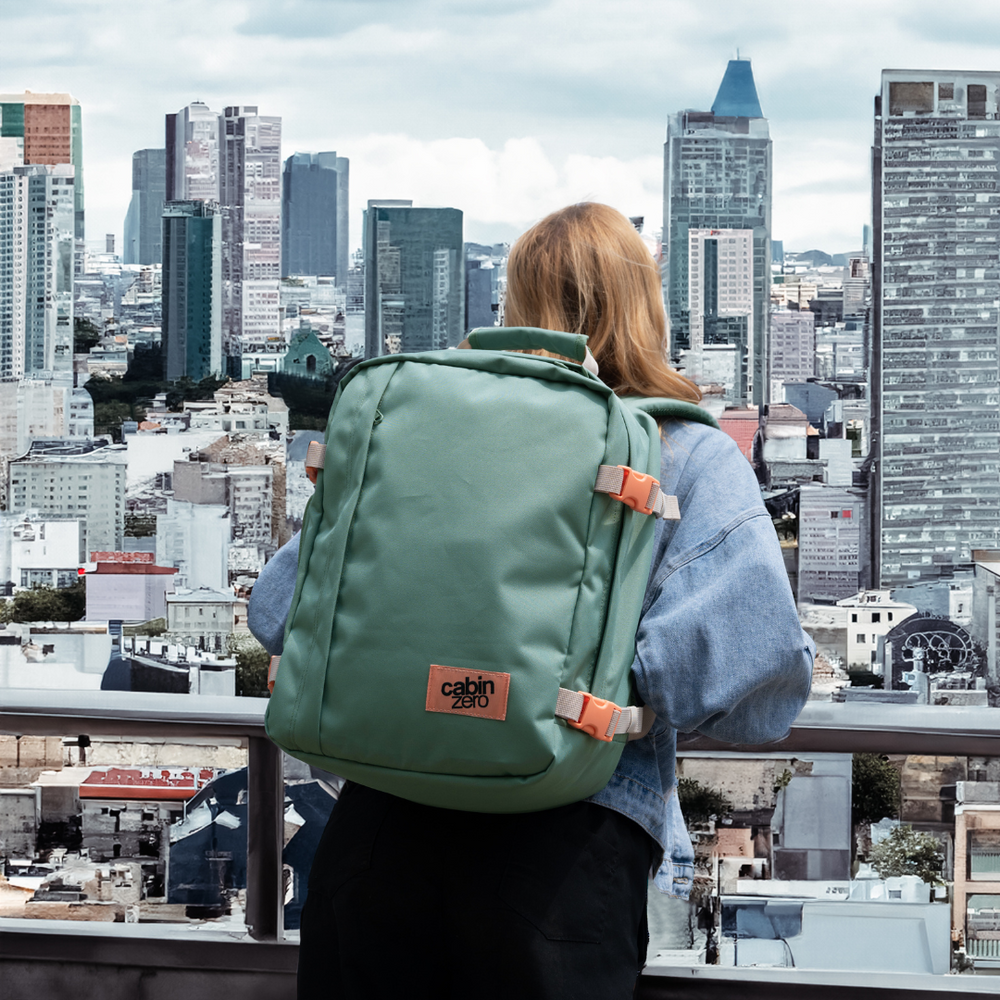
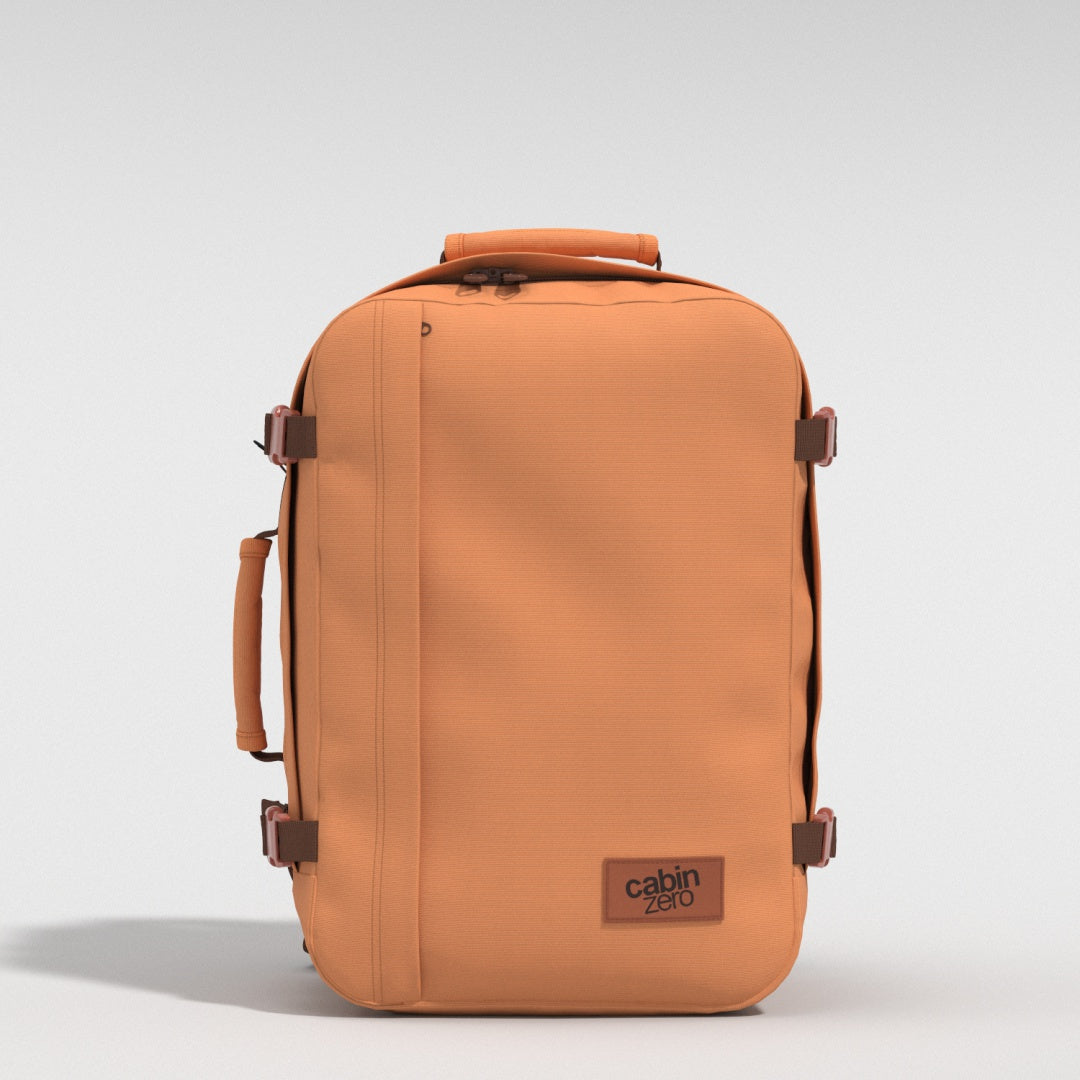
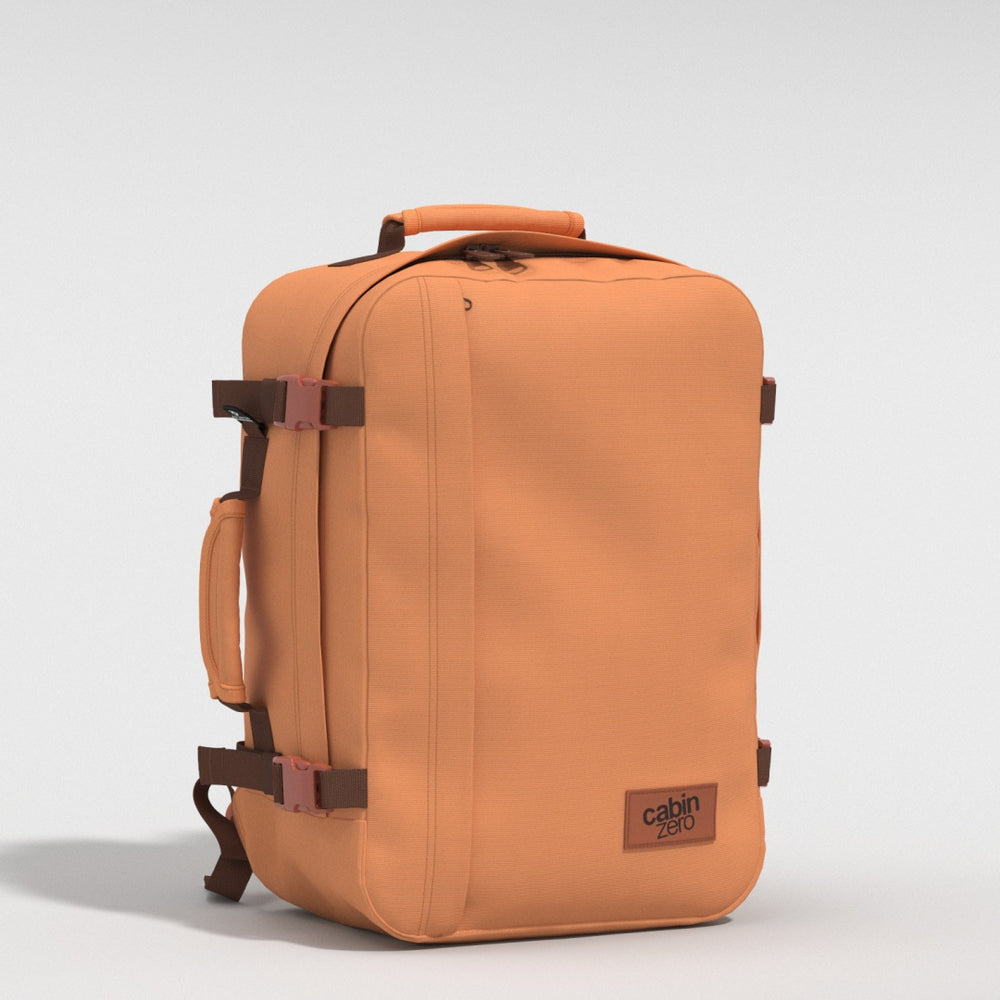



Leave a comment